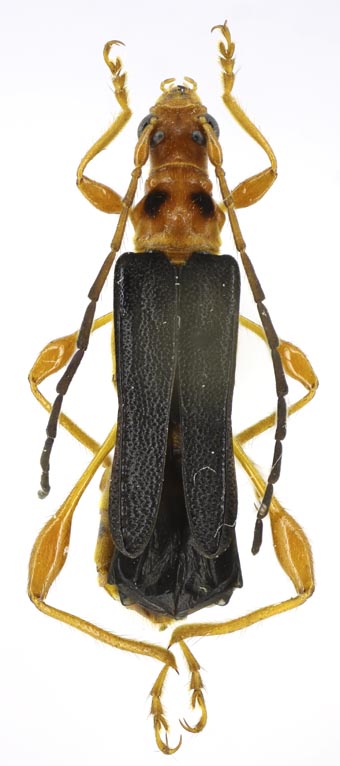|
Oxycoleini Classification
Selected References to Larvae Specimens
|
 Oxycoleus flavipes Martins & Galileo, 2006; dorsal Cerambycidae:Cerambycinae:Oxycoleini Photograph © G.D. Ouellette |

 |
|
| Home Identification Keys Fact Sheets Gallery Resources About Search | |
|
Oxycoleini Classification
Selected References to Larvae Specimens
|
 Oxycoleus flavipes Martins & Galileo, 2006; dorsal Cerambycidae:Cerambycinae:Oxycoleini Photograph © G.D. Ouellette |
 idtools.org Longicorn ID images on Bugwood ITP Node Longicorn ID last updated 2020 E.H. Nearns, N.P. Lord, S.W. Lingafelter, A. Santos-Silva, K.B. Miller, & J.M. Zaspel |